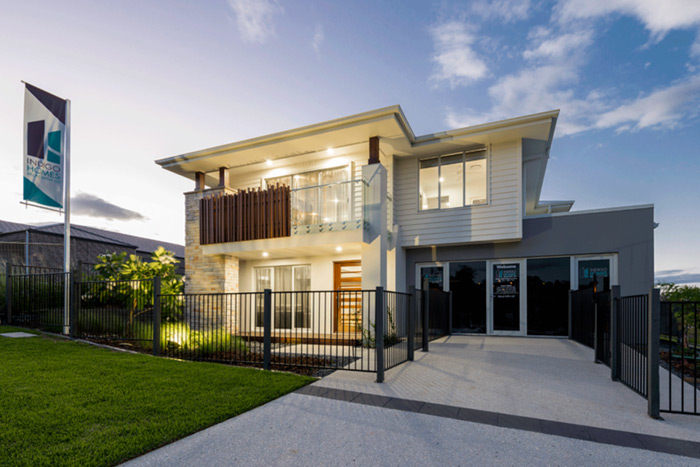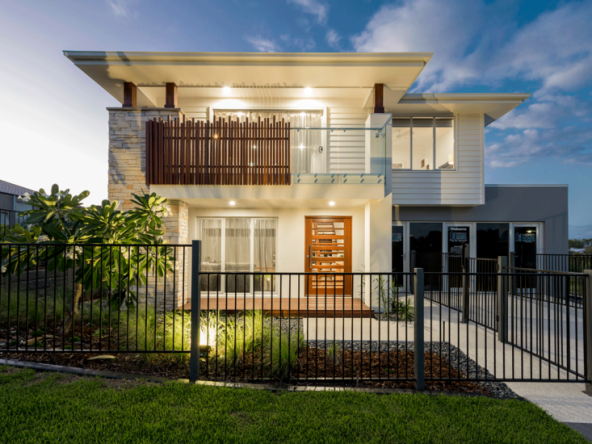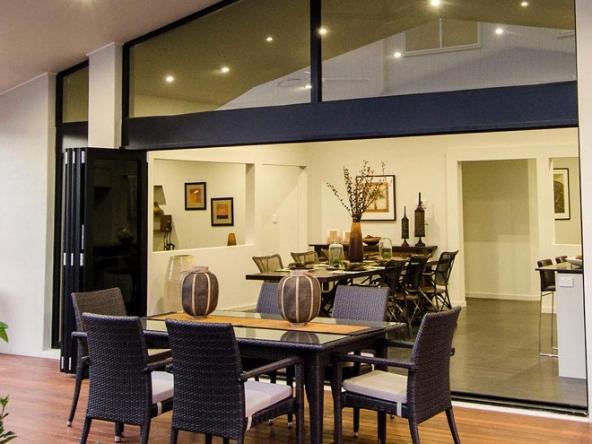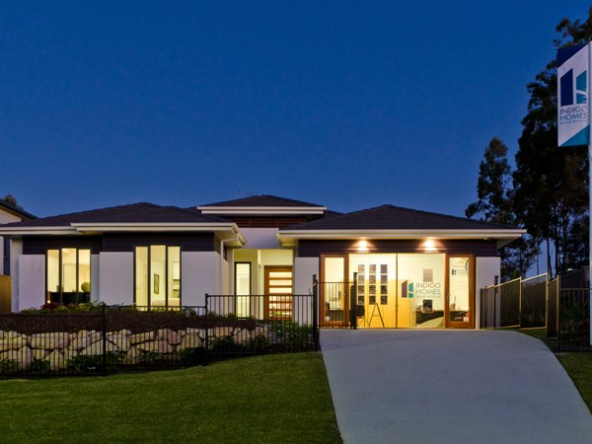The building or construction of a new home will require all of your abilities and skills in planning, budgeting and executing to achieve the home you’re looking for.
Even though you might not be physically involved in the actual construction of your home, as the home owner you do have the responsibility to ensure your house is a safe, secure and healthy home.
Several areas in home construction need your focus, from the roof to the floor and everything in between.
A qualified home builder can give you advice on the basic necessities including the following:
- Engineering plans for the rooftop, walls, ceilings, floors etc.
- Plans for Plumbing
- Specifications for Electrical works
- Heating, cooling and ventilation
- Woodwork
- Masonry
- Water proofing
- Damage proofing and earthquake proofing
These are the basics of home construction and it is in your best interest to get them right the first time. Constant alterations and renovations can impact the structural integrity of a house making it unsafe and unstable.
In addition to a sturdy structure, there are a lot of other precautions that should be considered that will result in healthy living. Some of these factors that make up this “precaution list” that should go into a home are:
1. Building in a clean location – Choosing the right site for your home should be the highest priority. A home should be built in a clean area that has good air quality air and that is pollution free
2. Soil should be tested for both strength and the presence of pests as this is also very essential soil test. Every home should undergo an anti-pest treatment to prevent insects and pests from invading living spaces prior to you moving in.
3. You should remember the basic elements of physics – The shape of a house is important in construction; unnecessary nooks, corners and angles can not only be a hindrance but they are also negatives as far as energy efficiency is concerned.
4. Pay close attention to structural elements – Properly laying foundations and concrete in roofing and flooring and giving it sufficient time to harden and strengthen are a necessity to prevent cracks, seepage and other harmful after effects.
5. Installation of the correct plumbing system and allowing for adequate drainage – A lot of planning g go into the proper placement of piipelines and sewer lines to prevent backflows and flooding. Easy access to pipelines is necessary to carry out repairs and maintenance when needed.
6. Controlled infiltration – A proper mechanical ventilation system minimizes the extent of uncontrolled infiltration which improves the quality of indoor air and prevents exposure to outdoor chemicals and toxins. The use of multiple approaches like heat recovery ventilation, central exhaust and other fresh air circulatory approaches also has some advantages.
7. Using solid wood or metal for fittings – Avoid using readymade bathroom and kitchen cabinets made of wood and wood products that are coated with glues and substances that have high formaldehyde content. Wooden or metal cabinets and fixtures that are custom made are better and safer alternatives.
8. Avoid floor carpeting unless you really need it – Carpeting is one way that allergens and pollutants can invade a home; the microbes, mites, dander and dust that accumulate under heavy carpeting is very hard to clean. And shampooing and washing off with strong chemicals only adds to the problem.
9. Ensure that the house remain dry in all weather conditions –This will prevent mold, fungi and other moisture carrying content from damaging the interiors and exterior of the home.
Here at Indigo Homes, we have a range of over 60 house designs that cater to all sizes and shapes of families, lifestyles, land, environments and budgets. We also have a degree of flexibility in alterations to make sure the design you choose is the perfect fit for you. Contact us today at 07 3370 6000 or check out our website.





